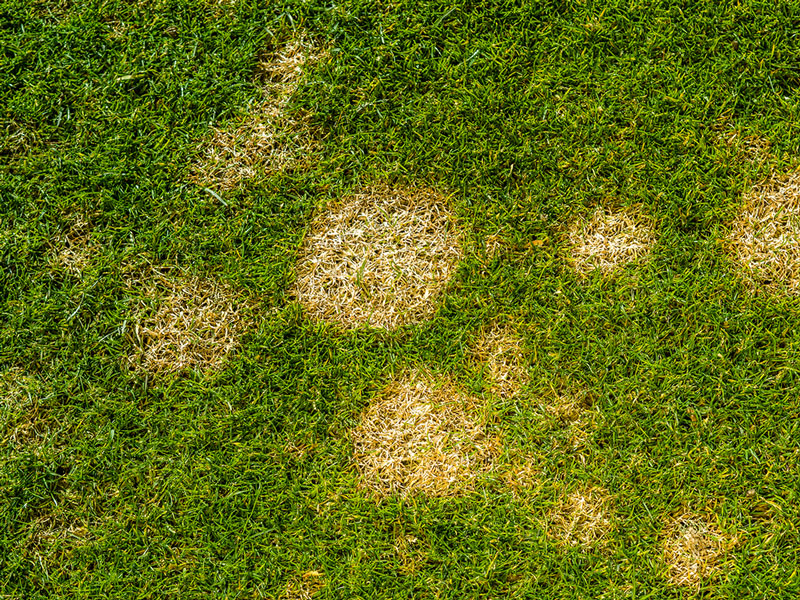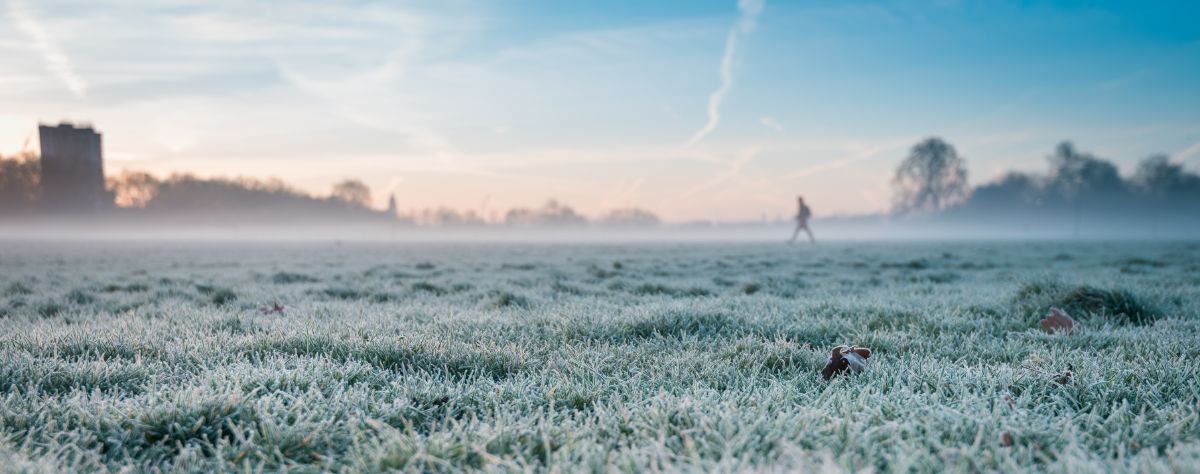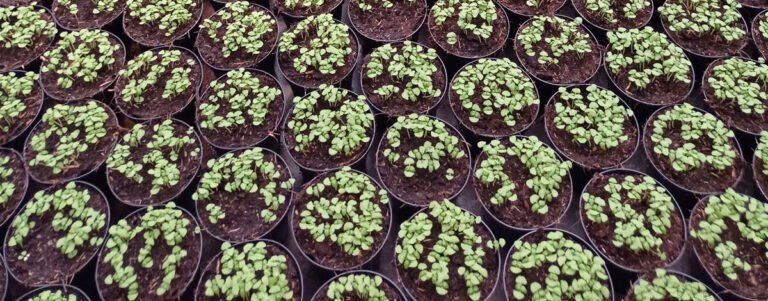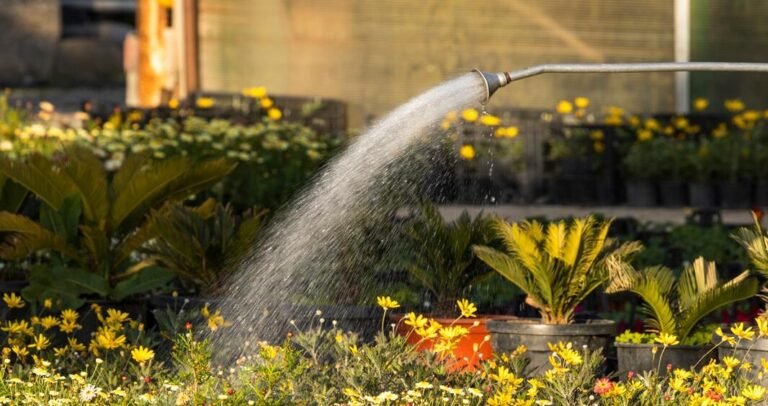Among the main problems of the lawn, whether private, a small or large garden, or sports fields, football pitches, golf courses, etc., one of the most important ones concerns the develop of symptoms like yellowing, stains, burns, browning, which can be caused by pathogenic fungi that, taking advantage of the high spring-summer temperatures and the high humidity brought thank to the necessary and frequent irrigation and fertilization that a lawn requires, can spread very quickly, causing a rapid aesthetic degradation of the lawn itself.
It is not easy to recognize the individual causes of fungal diseases from the symptoms, because some of them are very similar to each other, especially if we do not have the foresight to frequently check the situation, and the ways and times of spread of the infection.
In addition to the observation of symptoms, which can be done especially by an expert eye, a factor that can certainly be helpful in recognition is the seasonality of these pathogenic fungi, that is, the different optimum temperature values for their development. Although in recent years the temperature values have slightly deviated from typical ones, having shown slightly higher values compared to the average values recorded in previous years, a certain distribution and increased likelihood of various fungal diseases appears very much linked to thermal conditions and, therefore, to the seasons.

As we are approaching the beginning of the winter season, in this short article we will focus on some pathogenic fungi that find their optimal development just in conditions of low temperatures. The most typical of the period is the Microdochium nivale, which, as its name suggests, is able to survive and develop even in conditions close to 0°C. The fungus, also known as the agent of pink snow mould, (or pink snow mould) has optimal temperatures between 0 and 8°C, and shows, as main symptoms shows spots that are initially small in size, with a diameter of about 5 cm, of a grey-brownish color, pinkish grey, up to light grey which, if the optimal conditions to its development persist, evolve into spots of increasingly larger diameter, which show ring-like growth. It also develops under the snow, as well as frost and fog are predisposing conditions, together with high nitrogen fertilizers. The spread of the spores, which are pink in color, hence the name of the disease, occurs through trampling or cutting. It stay alive, although not pathogenic, under the layer of felt, from which it spreads upon the occurrence of favorable conditions of temperature and humidity.
Prevention consists in adopting balanced nitrogen fertilizations, not excessive, and at the same time fertilization with high potassium fertilizers, as well as limiting the formation of felt. Treatment with phosphite-based products allows the hardening and increased vigor of turfgrass, acting as a prevention from this and other fungal diseases.
Another typically winter fungal disease which appears especially at the end of cold periods are Typhula incarnata and Typhula ishikariensis, also named grey snow rot, (or grey snow mould) which have as symptoms yellow to grey-brown spots, which develop into a whitish mould and can reach up to 1 meter in diameter. Optimal conditions are temperatures of 1-2°C, heavy snowfall and a long persistence of
the snow cover. These two most widespread species have the predisposing similar conditions o those described for pink rot, and also the prevention and defense actions can be the same one.











